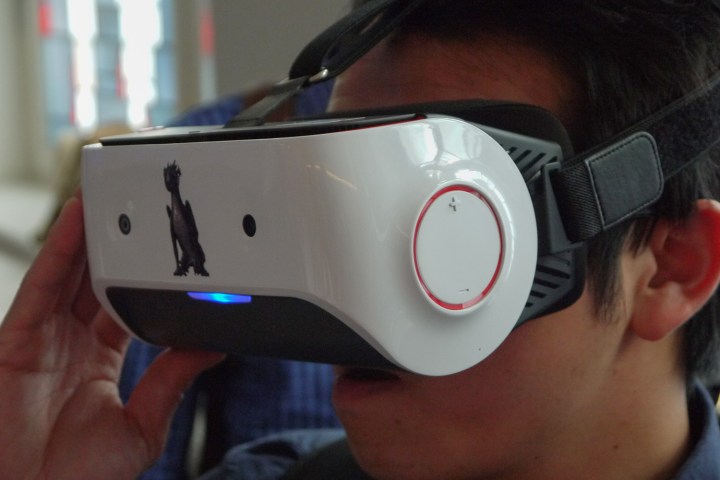
Much like Valve with its development of SteamVR and various hardware designs important to the eventual creation of the HTC Vive headset, Qualcomm positioned itself as a reference designer, rather than the creator of an end-user product line. That worked out well for Lenovo and HTC as they can take on the hardware Qualcomm has put together, make a few tweaks and slap their branding on it for a ready-made VR headset product.
What they will eventually offer should be rather impressive, too. The specifications for the headset include wireless connectivity, a built-in Snapdragon 835 processor, inside-out tracking, and a single 2,560 x 1,440 display, which is slightly higher resolution than either the Vive or the Rift. It even has built-in eye tracking, which allows for rendering efficiency improvements like Foveated rendering.
It is likely that these specifications will carry over pretty faithfully to the HTC and Lenovo versions of the headset, but there are no guarantees there. It is possible that either could update some of the components in order to offer a ‘better’ headset than their competitors using the same reference design. As RoadToVR points out, they may choose not to rock the boat too much, for fear of falling behind in the race to market, but it is a possibility.
Where we do expect to see some differences between the designs though, is in the head mount and aesthetics. Although Qualcomm hardware will be at the heart of the HTC and Lenovo Daydream headsets, teaser images of them both suggest a very different method for holding them on your head.
Neither headset appears to use built-in headphones for their headband designs and both appear to have ditched the overhead portion of the strap, as is present in the Qualcomm reference design. Those images may not be representative of the final products though.
Both headsets are slated for release later in 2017.




